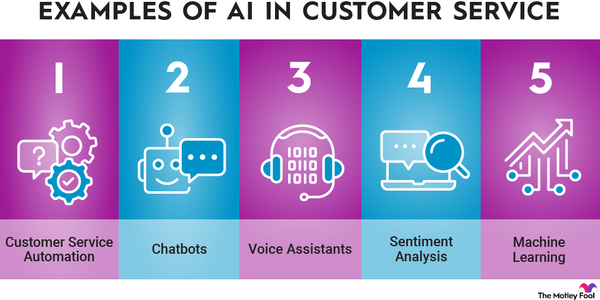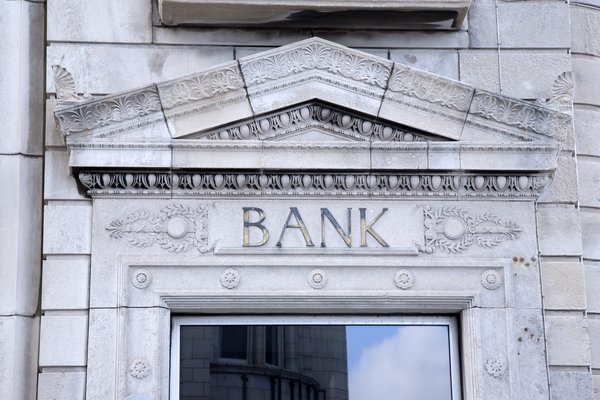Like almost everything else, the grocery business is bigger in Texas. Many grocers have stepped up their Texas game, following booming population growth in search of profits. But few have achieved the near-cult-like status of H-E-B Grocery, a San Antonio-based institution founded in 1905.
The family-owned grocer has about 420 locations in Texas and Mexico and has become a state icon over the last century. Unfortunately for investors, however, the grocer isn't publicly traded. The only way to get a direct share of H-E-B ownership is to work there.
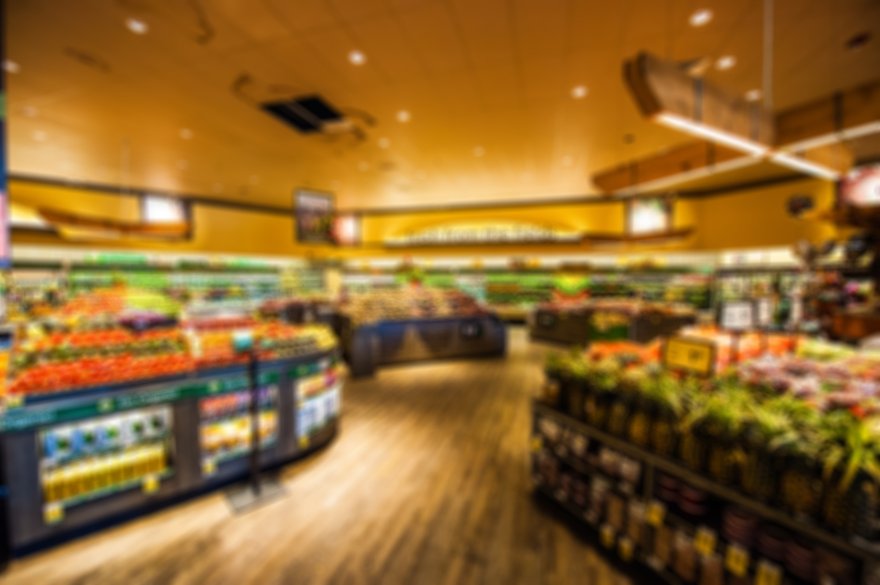
Publicly traded?
Is H-E-B publicly traded?
The San Antonio-based grocer is not publicly traded, and it’s unlikely to launch an initial public offering (IPO) soon, if ever. It's been owned by the Butt family since its founding. (Its initials stand for Howard E. Butt, who delivered groceries from a wagon as a boy and took over the original store in Kerrville, Texas, from his mother in 1919.)
IPO
Texans have a soft spot for long-lived, local institutions that emphasize their attachment to the state. However, that’s not to say that a sale or IPO will never happen. Pace Foods, the maker of Pace Picante, was a family-owned business in Paris, Texas, that sold to Camden, New Jersey-based Campbell’s Soup Co. (NYSE:CBP) in 1994.
Lone Star beer was bought in 1999 by the Milwaukee-founded Pabst Brewing Co. but returned to its San Antonio headquarters in 2020. Even the iconic Whataburger, a source of comfort food for Texans since the 1950s, was sold in 2019 to a Chicago-based private equity firm.
Even though it’s not outside of the realm of possibility, it remains highly unlikely that the Butt family will decide to go public with the fifth-largest private company in the United States.
When will H-E-B IPO?
When will H-E-B IPO?
As mentioned, the Texas grocer has announced no plans for an IPO. Although a number of iconic Texas brands have sold to out-of-state interests in the past few years, the family-owned business doesn't seem inclined to become a publicly traded company. However, an H-E-B IPO would likely attract widespread interest, both inside and outside of Texas.
Publicly Traded Company
Overview
H-E-B overview
The company has prospered in some of the fastest-growing markets. That's even despite strong competition from heavyweights such as Kroger (KR -0.75%), Albertsons (ACI 1.1%), Walmart (WMT -0.08%), Costco (COST 1.01%), and Amazon's (AMZN 3.43%) Whole Foods.
Its upscale grocery concept, Central Market, emerged as an organic foods challenger to Austin-based Whole Foods in the mid-1990s. The company pioneered a store layout that channeled customers through high-margin areas.
The grocer announced a plan in 2015 to give stock to 55,000 U.S. employees. It handed over 15% of its ownership to employees older than 21 who had worked at least a year and recorded 1,000 hours of work. Employees received nonvoting shares amounting to 3% of their salary (vested after three years) and $100 in stock for each continuous year of service.
The company has invested heavily in the community, donating an estimated 5% of its pre-tax earnings to civic and charitable organizations for over 80 years. Its H-E-B Tournament of Champions gave $13.5 million to charities in 2023, bringing its total to $159 million donated over the last 38 years.
H-E-B has also solidified community support by spending heavily on emergency preparedness, an increasingly important issue for the state's economy. When Hurricane Harvey devastated Southeast Texas in 2017, causing about $125 billion in damages, the grocer rolled out a fleet of disaster relief trailers featuring kitchens, pharmacies, and automatic teller machines.
Unlike hundreds of other businesses that were paralyzed by the disaster for weeks, H-E-B prepared by scouting multiple routes from distribution centers to stores. It airlifted extra truck drivers to Houston, Texas, where the worst damage occurred and partnered with federal relief agencies to deliver water to flooded communities.
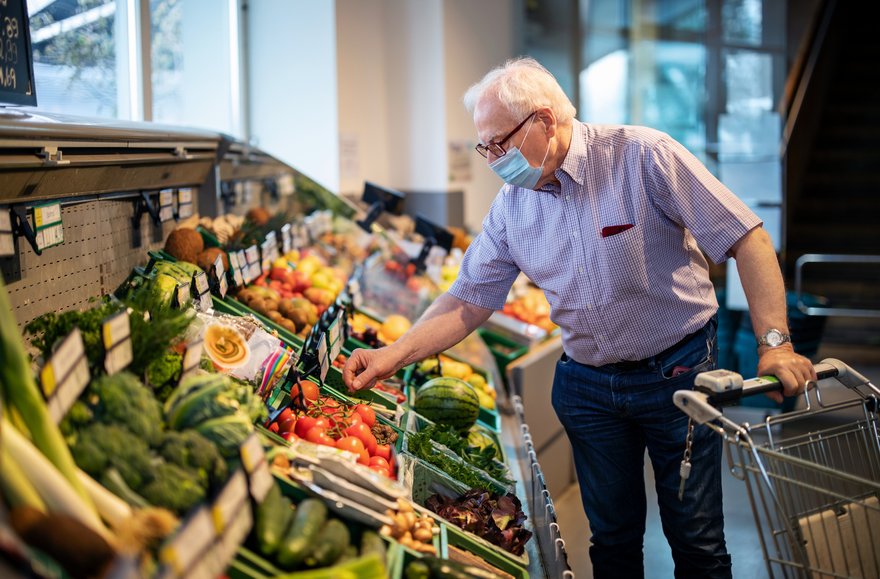
The company won kudos again in 2020 for its speedy and thoughtful response to the COVID-19 pandemic. Former California Governor Arnold Schwarzenegger called it "a masterclass in preparation and being ready to support your community."
The company has grown to include 145,000 employees -- called "partners" -- and recorded $43.6 billion in sales in 2023. H-E-B also finished first in a survey of 60 U.S. grocers based on price, speed and convenience, quality, digital, and operations.
Profitability
Is H-E-B profitable?
As a privately held company, H-E-B doesn't have to provide detailed financial information. However, it continues to expand, and it does report annual sales figures. It's come a long way since Florence Butt founded Mrs. C. C. Butt's Staple and Fancy Grocery with a $60 loan:
- 2012: $18.7 billion
- 2013: $20 billion
- 2014: $20 billion
- 2015: $22 billion
- 2016: $23 billion
- 2017: $23 billion
- 2018: $25 billion
- 2019: $28 billion
- 2020: $31.2 billion
- 2021: $32.8 billion
- 2022: $38.9 billion
- 2023: $43.6 billion
Should I invest?
Should I invest in H-E-B?
Since it's privately held, you can't invest directly in H-E-B. However, a number of publicly traded groceries do offer shares to investors and are affected by many of the same trends that affect H-E-B's financial outlook. Some of the more well-known alternatives for investment include:
- Walmart: Nation's largest grocer, with more than 4,600 stores in all 50 states
- Albertsons: The country's second-largest retailer, with more than 2,300 locations in 35 states
- Kroger: The fourth-largest grocer, with at least 1,600 grocery stores across 16 states. (Publix, the third-largest grocery in the U.S., is privately held.)
Before investing in any of the alternatives to H-E-B, investors should consider factors that influence the financial performance of the grocery industry. High inflation, for example, may benefit suppliers more than it helps individual groceries. Likewise, rising transportation costs, climate-related disasters, interest rates, and the general state of the economy can affect the bottom line of groceries.
How to buy
How to buy H-E-B stock
Investors who want to buy one of these H-E-B alternatives can purchase shares in any brokerage account. Here's a step-by-step guide on how to invest in stocks like H-E-B.
Step 1: Open a brokerage account
You'll have to open and fund a brokerage account before buying shares of any company. If you still need to open one, here are some of the best-rated brokers and trading platforms. Take your time to research the brokers to find the best one for you.
Step 2: Figure out your budget
Before making your first trade, you'll need to determine a budget for how much money you want to invest. You'll then want to decide how to allocate that money. The Motley Fool's investing philosophy recommends building a diversified portfolio of 25 or more stocks you plan to hold for at least five years.
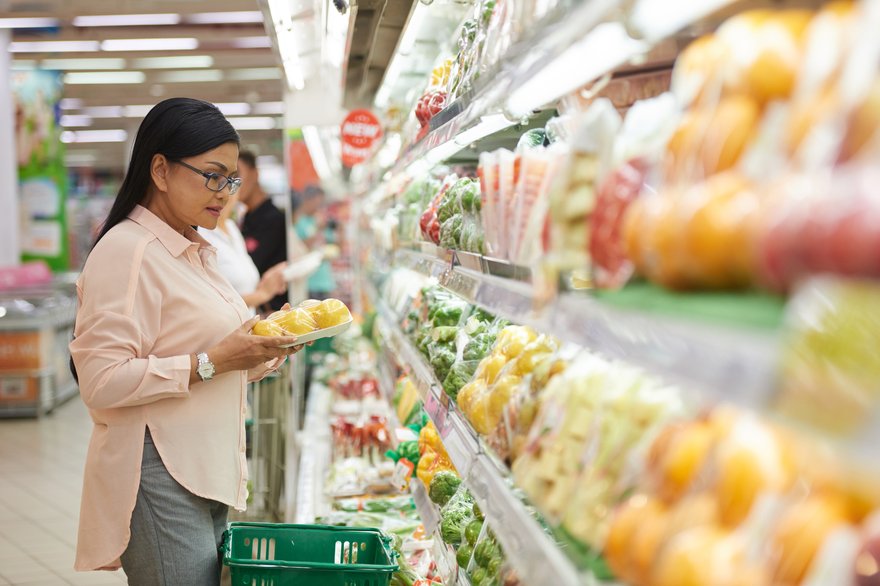
You don't have to get there on the first day. For example, if you have $1,000 available to start investing, you might want to begin by allocating that money equally across at least 10 stocks and then grow from there.
Step 3: Do your research
It's essential to thoroughly research a company before buying its shares. You should learn about how it makes money, its competitors, its balance sheet, and other factors to make sure you have a solid grasp on whether the company can grow value for its shareholders over the long term.
Step 4: Place an order
Once you've opened and funded a brokerage account, set your investing budget, and researched the stock, it's time to buy shares. The process is relatively straightforward. Go to your brokerage account's order page and fill out all the relevant information, including:
- The number of shares you want to buy or the amount you want to invest to purchase fractional shares.
- The stock ticker (ACI for Albertsons, WMT for Walmart, or KR for Kroger).
- Whether you want to place a limit order or a market order. The Motley Fool recommends using a market order since it guarantees you buy shares immediately at the market price.
Once you complete the order page, click to submit your trade and become a shareholder in one of these top grocery stocks while you wait to see whether H-E-B ever completes an IPO.
Investors would follow a similar process to buy an IPO stock if H-E-B were to go public. Should shares ever become available, fill out the order page at your brokerage account with H-E-B's selected stock ticker and submit your trade.
ETF options
ETFs with exposure to H-E-B
Exchange-traded funds (ETFs) do not offer exposure to H-E-B because it's not publicly traded, but that shouldn't prevent investors from gaining exposure to the grocery industry. A number of ETFs bundle food retailers and consumer staple stocks into shares that can be easily bought and sold.
Exchange-Traded Fund (ETF)
Following are some possible options:
- The Invesco Food & Beverage ETF (PBJ 0.22%) has almost $144 million in net assets and a 0.57% expense ratio, meaning you'd be charged $5.70 for every $1,000 invested. The ETF focuses on food manufacturers, such as Kraft Heinz (KHC -0.55%), Coca-Cola (KO 0.0%), and Archer-Daniels-Midland (ADM -1.48%), but Kroger shares account for 2.79% of its holdings.
- Another option is the Consumer Staples Select Sector SPDR Fund (XLP -0.21%). The ETF has $15.4 billion under management and an expense ratio of 0.1%. Its top holdings include Procter & Gamble (PG -0.78%), which makes up 14.1% of its holdings; Costco, at 11.8%; Walmart, at 4.5%; and Target (TGT 0.18%), at 3%.
- The Vanguard Consumer Staples ETF (VDC -0.17%) has assets of $7.6 billion and a low expense ratio of 0.1%. Like the SPDR fund, its holdings include Procter & Gamble (12.7%), Costco (8.9%), Walmart (7.7%), and Target (2.4%).
Related investing topics
The bottom line on H-E-B
The odds of H-E-B going public aren't great in the current IPO environment. But the company's accolades, deep following in Texas and Northeastern Mexico, and strong and steady expansion make it an extremely appealing opportunity that bears watching. Think of it as a regional Aldi: a well-run, family-owned grocer with a strong following.
H-E-B may never go public, but there remain ways to invest in similar companies by purchasing shares of a competitor or an ETF that follows consumer staples stocks. It's not a pure-play investment, but H-E-B will likely prosper as more Americans rediscover the financial and social pleasures of preparing their foods at home.
FAQs
Investing in H-E-B Grocery FAQs
Can you buy stock in H-E-B?
No. H-E-B is a privately held, family-owned business.
What is the H-E-B stock plan?
H-E-B makes ownership shares available to its employees. They can receive nonvoting shares amounting to 3% of their salaries (vested after three years) and $100 in stock for each continuous year of service.
Does H-E-B give employees stock?
The grocer makes ownership shares available to employees who are older than 21, have worked at least a year, and have recorded 1,000 hours of work.
Are grocery stores good investments?
Although margins are frequently quite thin, the consumer staples sector can be a very good investment because people need to eat in good and bad economic times. Groceries have recently benefited from inflation -- it's driven restaurant prices much higher -- because it can be cheaper to prepare food at home.












































































































































































































